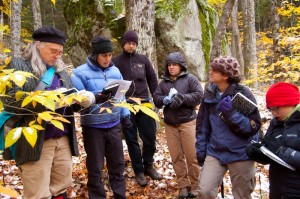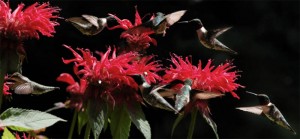A few days ago the Wired Science blog at Wired.com embedded the gigapans from the juried gallery show at the Carnegie Museum of Natural History. The same content also appeared at the Wired Science Japan site, so I used some online translators to see what had been written in Kanji about my hummingbird gigapan.
Here is the text that first appeared at the Wired Science blog:
Don’t let the 40 or so hummingbirds in this panorama fool you. There are really only two. Photographer Chris Fastie called it a “perplexing distortion of reality.” He took 78 photos over the course of a few minutes, then selectively merged them to capture multiple feeding and flying positions of the birds. “Rarely will the local male allow birds other than his mate to use a food source in his territory, so a feeding flock like this is impossible,” Fastie wrote on GigaPan.org.
This caption is a bit of a “perplexing distortion” because: (1) there are only 28 hummingbirds in the image, not “40 or so,” and (2) the 78 photos taken by the Gigapan imager did not include any birds. An additional 28 photos of hummingbirds (and two of insects) were pasted onto the stitched panorama. This misinformation is partly my fault because my original caption at gigapan.org was not very explicit. So the people hired to do the translation were already at a disadvantage, like the third person in a game of “telephone.” Continue reading “It’s a flock! A crowd! No, a herd!”



